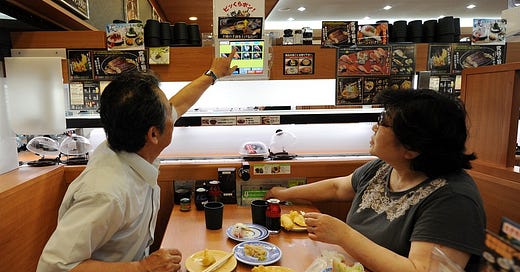In last quarter’s memo, I stated that Kura Sushi KRUS 0.00%↑ was a 2022 story. The end of 2021 would be about observing signs of recovery and 2022 would be the year we see a full set of post-pandemic results, assuming restrictions are not brought back.
By and large, this was a fantastic Q4 for Kura. The company, which has been plagued throughout 2020 and 2021 has been quietly building momentum behind the numbers. From 25 (2020) to 33 (Q1 2022) stores, and an additional 8-10 set to open across the coming fiscal year, management is guiding for revenues to expand over 100% in 2022 and claim that their whitespace (ie, the 300 stores they plan to build across the US) has never looked more attractive. In fact, the company are set to commission a new white space study to identify if the space has expanded.
Armed with fresh capital from their perfectly timed stock issuance, Kura now paid down the entirety of their debt facility with enough leftover to execute on their expansion across 2022.
PDF Version…



